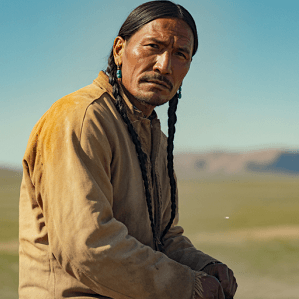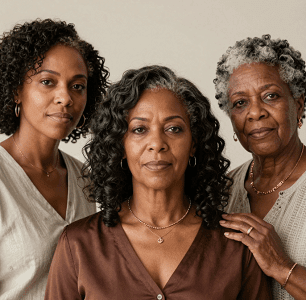Native Americans in the Southwest experience a complex cancer landscape—lower overall rates than their white neighbors, yet disproportionately high risks for specific cancers. A CDC report analyzing data from 2017 to 2021 found that Southwest Native Americans had a 400% higher rate of gallbladder cancer and nearly double the rate of stomach cancer compared to non-Hispanic whites. Liver, kidney, and myeloma rates were also significantly elevated.
Despite these disparities, Native Americans in the Southwest had a 23% lower overall cancer rate than whites in tribal or adjacent counties. Breast and lung cancer rates were notably lower among Native women. However, cervical cancer remains a critical concern. Native women are nearly twice as likely to develop it and four times as likely to die from it. Researchers at the University of Arizona Cancer Center and Northern Arizona University linked this to vaginal dysbiosis and lower levels of protective lactobacillus bacteria.
Screening gaps also contribute to late-stage diagnoses. Native Americans are less likely to receive recommended screenings, leading to poorer outcomes. Even when diagnosed early, five-year survival rates lag behind those of white patients. Socioeconomic status and access to care further compound these challenges.
Dr. Shana Wingo emphasized the need for culturally competent care and consistent screening. “Practitioners should be aware of the additional risk factors that Native American women may face and address them with their patients,” she said.
See: “Examining the High Native American Cancer Rates” (May 22, 2025)



